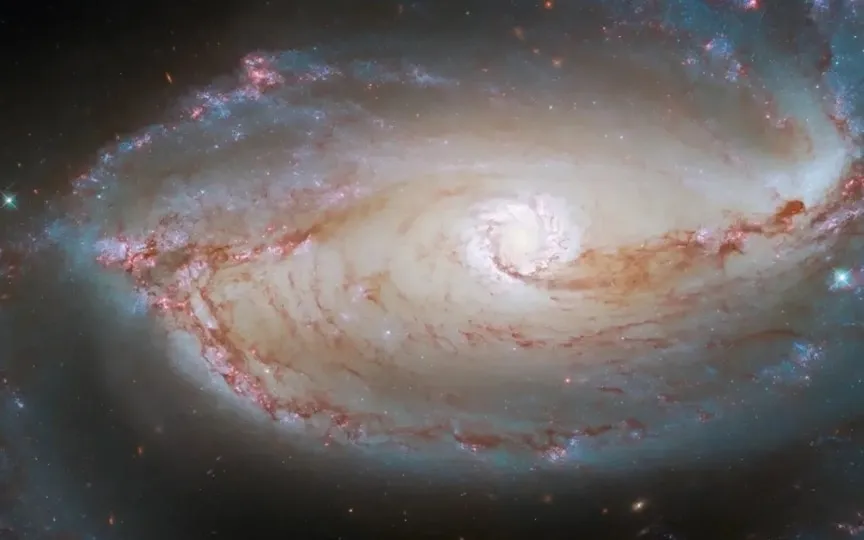NASA’s UVEX Mission to uncover the mysteries of galaxy and star evolution
NASA is continuously pushing boundaries and exploring uncharted territories in the air and space. Their latest endeavor, the UVEX mission (UltraViolet EXplorer), set to launch in 2030, aims to unravel the enigmas surrounding galaxy and star evolution. The primary objective of UVEX is to conduct a thorough examination of ultraviolet light throughout the entire celestial sphere. However, its capabilities extend beyond that. With cutting-edge technology, the telescope can swiftly detect origins of UV radiation in the cosmos, making it crucial for observing phenomena like the consequences of neutron star mergers caused by gravitational waves.
In addition, UVEX includes an ultraviolet spectrograph, enhancing its ability to study phenomena such as stellar explosions and the behavior of massive stars. NASA’s Science Mission Directorate Associate Nicola Fox emphasizes the importance of UVEX in revealing the mysteries of both nearby and distant galaxies, as well as dynamic events in the ever-changing cosmos.
UVEX’s ultraviolet research complements data collected by other missions, such as ESA’s Euclid and NASA’s Nancy Grace Rome Space Telescope, which are scheduled to launch by 2027. Together, these missions provide a complete multi-wavelength picture of the cosmos.
Mark Clampin, head of NASA’s astrophysics division, emphasizes UVEX’s importance in helping to understand the cosmos at different wavelengths. The selection of the mission after extensive research and review highlights its importance in achieving critical astrophysics goals.
UVEX, led by Caltech Principal Investigator Fiona Harrison, collaborates with the University of California, Berkeley, Northrop Grumman and the Space Dynamics Laboratory. UVEX, with an estimated cost of $300 million less launch costs, is expected to be a useful addition to NASA’s space exploration mission portfolio.
The Explorers program, NASA’s oldest continuing program, provides affordable access to space for Chief Scientist-led space science studies. Since its inception in 1958, the program has completed more than 90 missions, including groundbreaking efforts such as Explorer 1, which discovered Earth’s radiation belts.
Administered by NASA’s Goddard Space Flight Center, the Explorers program pursues scientific research in a variety of fields, from Earth exploration to the mysteries of the universe itself. UVEX is a new step forward in humanity’s efforts to understand the universe.
Also read these top stories today:
Sam Altman says he doesn’t like the name ChatGPT! Calling it awful. So if you are entering the world of artificial intelligence, make sure you name your chatbot correctly. This article has some interesting details. Check it out here. If you enjoyed reading this article, please share it with your friends and family.
Much relief to Apple and Microsoft! Apple Inc.’s iMessage and Microsoft Corp.’s Bing search engine, Edge browser and advertising service will avoid tough new European Union rules. Yes, they have escaped the EU crackdown on Big Tech. You know what this was about.
Scores app: What’s more important: general compatibility and happiness or finding a spouse who matches your income? Read all about it here. If you enjoyed reading this article, please share it with your friends and family.




